Rishikesh Tourist Place
Rishikesh, also spelt as Hrishikesh, is a city near Dehradun in Dehradun district of the Indian state Uttarakhand. It is situated on the right bank of the Ganges River and is a pilgrimage town for Hindus, with ancient sages and saints meditating here in search of higher knowledge. There are numerous temples and ashrams built along the banks of the river.[3]
It is known as the “Gateway to the Garhwal Himalayas” and “Yoga Capital of the World. The city has hosted the annual “International Yoga Festival” on the first week of March since 1999 Rishikesh is a vegetarian-only and alcohol-free city.
The Tehri Dam is just 86 km (53 mi) away and Uttarkashi, a popular yoga destination, is 170 km (110 mi) uphill on the way to Gangotri. Rishikesh is the starting point for travelling to the four Chopta Char Dham pilgrimage places: Badrinath, Kedarnath, Gangotri, and Yamunotri. It’s also a starting point for the Himalayan tourist destinations such as Harsil, Chopta, Auli and famous summer and winter trekking destinations like Dodital, Dayara Bugyal, Kedarkantha, Har Ki Dun for camping and grandeur Himalayan panoramic view.
1. Ramjhula
The bridge features a mythological significance that dates back thousands of years. As per the tale, it is the same place where Lord Laxman, the younger brother of Lord Rama, crossed the river Ganga on jute ropes.
The length of this Bridge is 750 feet long was opened for the public in 1986. The bridge is also renowned for linking two popular ashrams of the town – Swarg Ashram on one end and the Sivananda Ashram on the other. this bridge offers breath-taking views of valleys and the temples around. Walk slowly if you want to take it all in.
A few miles downstream from Laxman Jhula is the Ram Jhula. Almost similar in its structure and construction, this suspension bridge was built in 1980, a little later than Laxman Jhula.
As you cross this bridge, you will witness the Himalayas peeking out of clouds on clear days and the Ganga River gushing down in full flow. It does make for a scenic vista which you don’t want to miss when in Rishikesh.
The best time to visit this Bridge is 5 AM in the morning or 10 PM at Night.
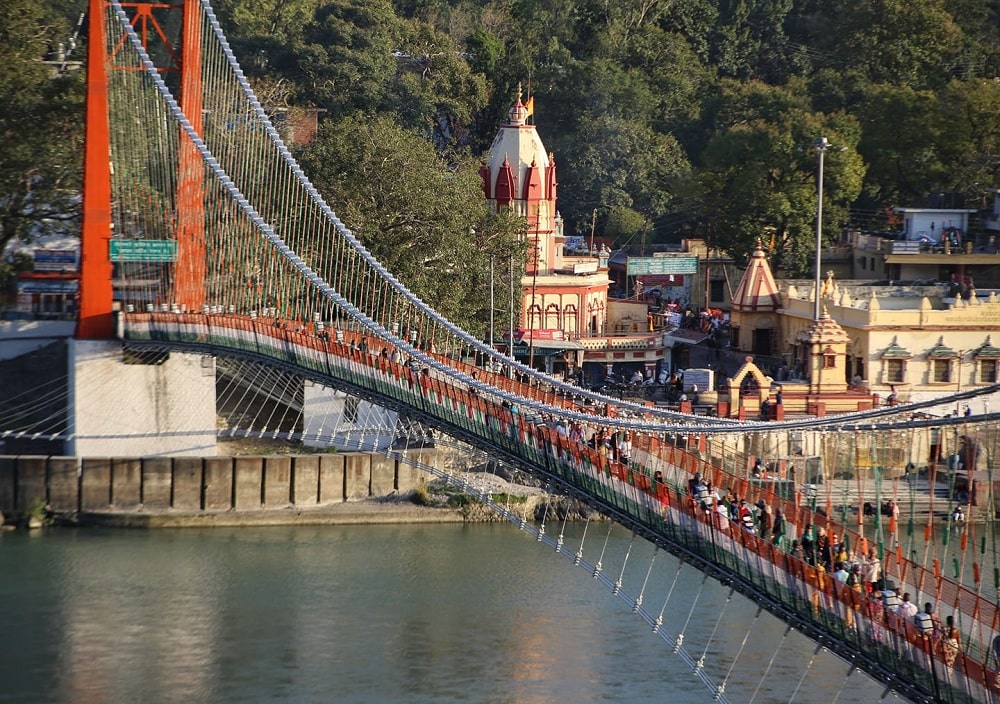
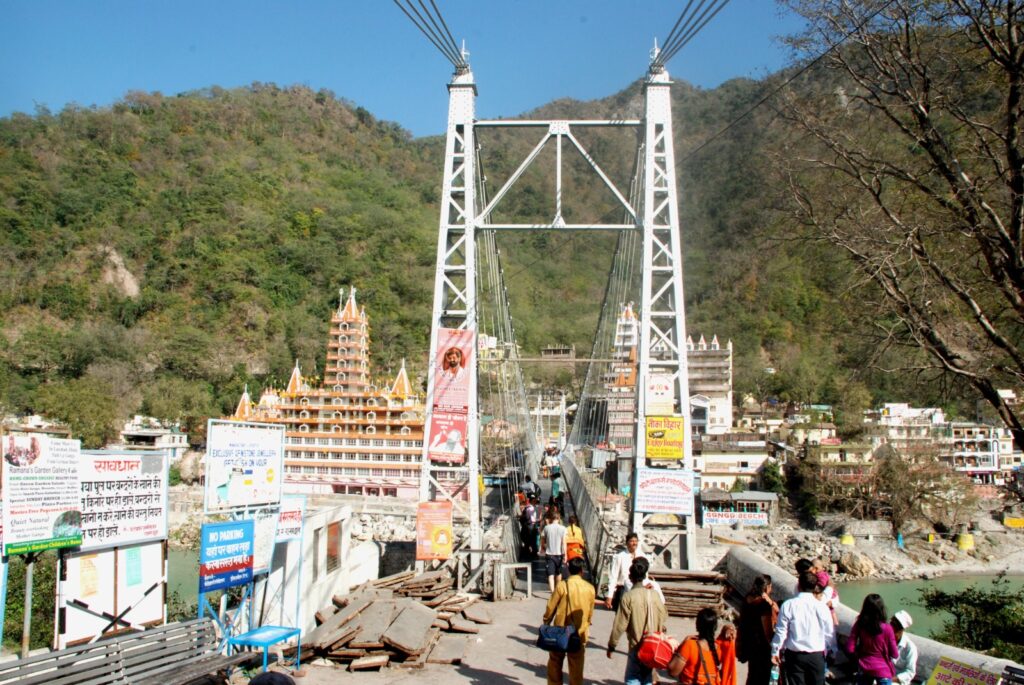
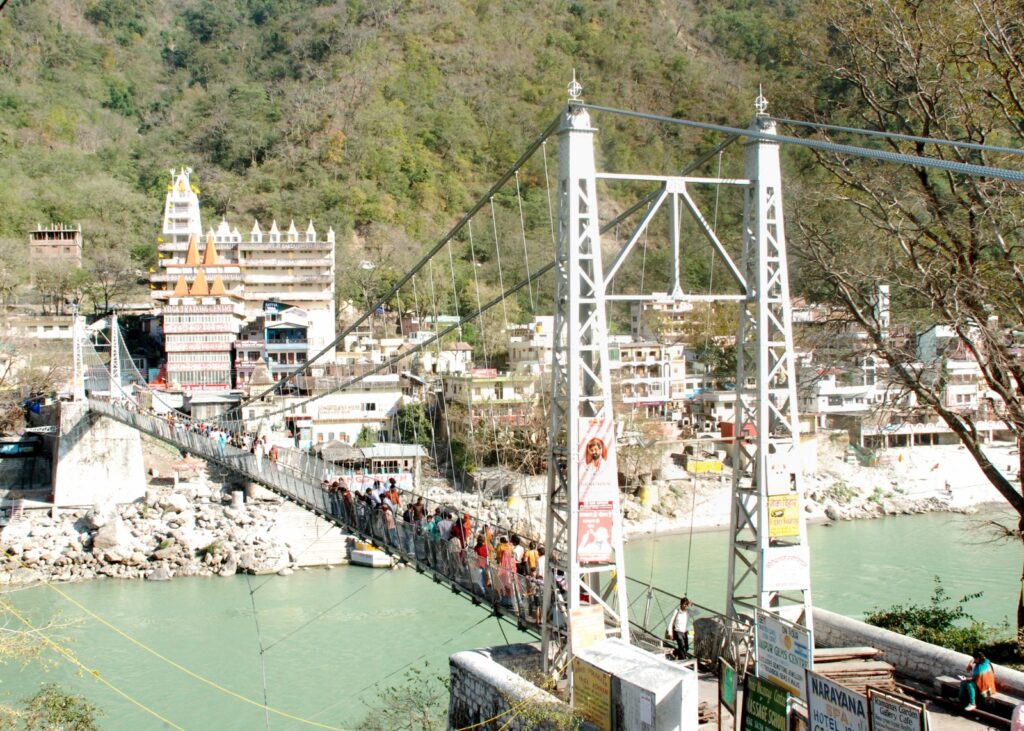
2. Thirteen storeys Temple
Also known as Trimbakeshwar Temple, this is one of the most renowned temples of Rishikesh. Perched on the banks of River Ganga, the temple (as its name suggests) has 13 storeys and a strikingly beautiful architecture. It can be easily distinguished from afar thanks to its colourful facade.
- Location: Laxman Jhula, Rishikesh
- Timings: 6 AM – 7 PM
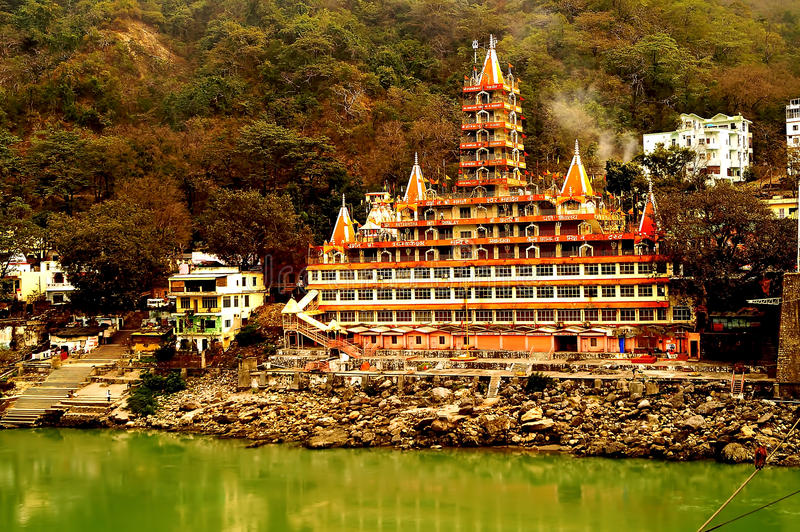

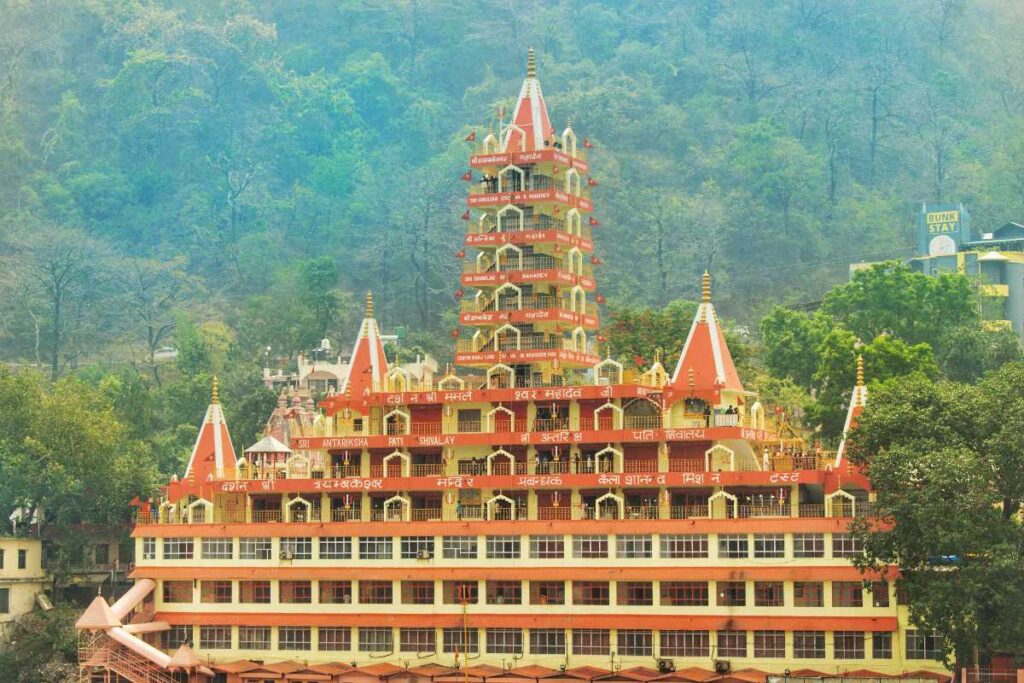
3. Lakshman Temple, Rishikesh
This very old temple is located near Lakshman Jhula and is said to be the place Lord Lakshman meditated to seek spiritual enlightenment. This temple is known for its ancient carvings, sculptures, and paintings and is a very famous place in Rishikesh.
- Location: Near Lakshman Jhula
- Timings: 6:00 AM to 6:00 PM
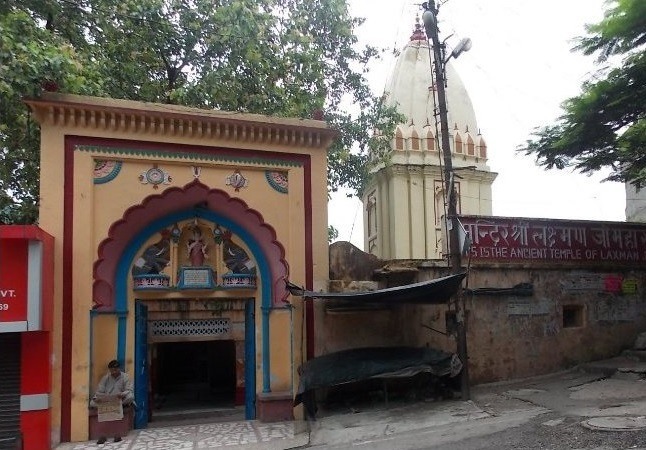


4. Sivananda Ashram, Rishikesh
Sivananda Ashram is located about 3 m from Rishikesh and is a very popular Yoga centre in the city. Many famous personalities have paid a visit to this ashram to participate in the powerful and empowering Yoga programmes conducted by the gurus.
- Location: Shivananda Nagar
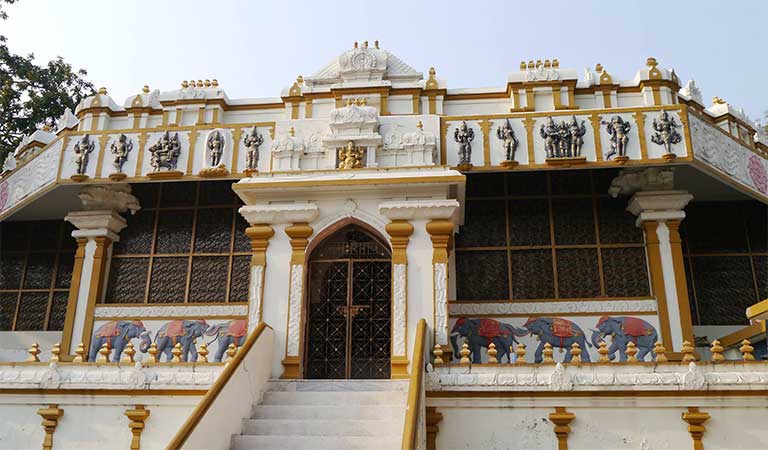


5. Bharat Mandir Temple
After rigorous penance of Rabhvarishi and Somrishi ,lord Vishnu got impressed and appeared before them and in kalyug this temple will be established here by the name of bharat mandir.you will find 250 old Vatt Vriksh,Peepal Tree and Bail Patra tree here.Do not forget to visit museum there.
One of the oldest and the most revered temples in the entire city, Shri Bharat Mandir is dedicated to Lord Hrishikesh Narayan. This glorious temple has several mythological stories behind it. For instance, it is believed that the Pandavas, on their way to heaven, stayed at this temple and worshipped Lord Hrishikesh. It is also believed that at one point when Lord Buddha visited the temple, it was converted into a monastery for a few years. Fascinating, isn’t it?
- Location: Ghat Road, Mayakund, Rishikesh
- Timing: 5 AM – 12 PM; 4 PM – 9 PM; All Days
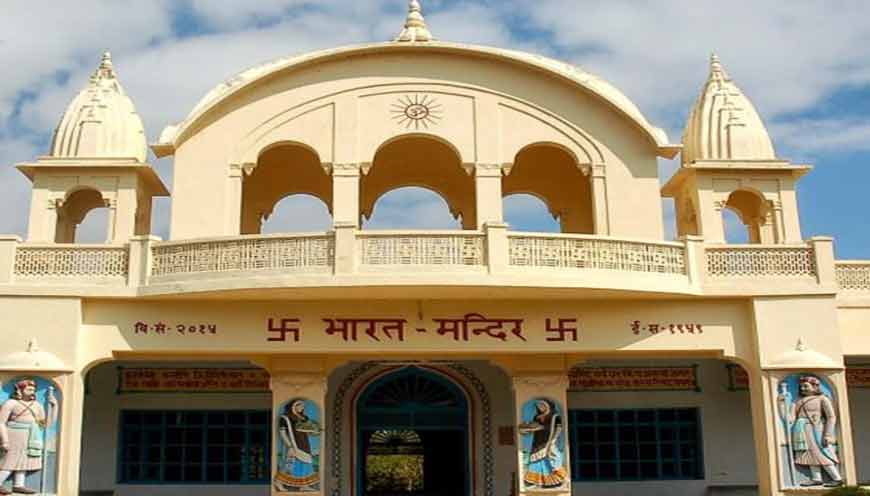


6. Triveni Ghat
It was made by Peshwa Balaji Bajirao in 1748 and he was the first person to do Ganga arti here.
Rishikund
- It is situated at Raghunath temple was built by kubj Rishi (Saint).Before the penance of kubj Rishi it was a Havan Kund, that’s why the shape of this kund is like a havan kund.After getting impressed by kubj Rishi (saint) Goddess Yamuna came to this kund but no one could found this how the water of goddess Yamuna came here.Bhagwaan Ram did penance here tonremove the guilt of killing Brahma. It is one of the most famous ghats in Rishikesh and makes for a beautiful place to watch the evening Ganga Aarti. The sanctity of the Ghat comes from the legend that it sees the confluence of three major rivers – Ganga, Yamuna and Saraswati.
- The ghat is considered sacred and if Hindu mythology is to be believed, it is said that a dip in the holy water of Ganga near the ghat can purge all your sins. After all, this ghat has been mentioned in both our epics – Ramayanaand Mahabharata.
Sit by the ghat in the evening and soak in the splendour of the Aarti
Arti Time-6:00 PM to 7:00 PM


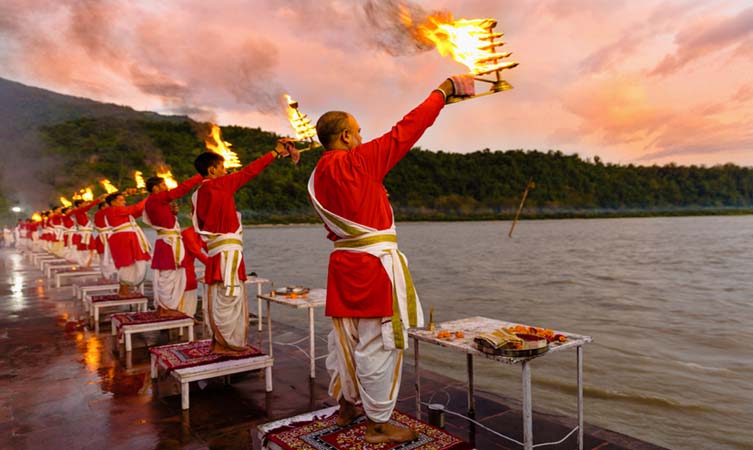
7. Ragunath Temple, Rishikesh
An important temple in Rishikesh, the Raghunath Temple is dedicated to Lord Rama and his wife Goddess Sita. Many important religious ceremonies take place in this revered temple.
- Location: Near Triveni Ghat
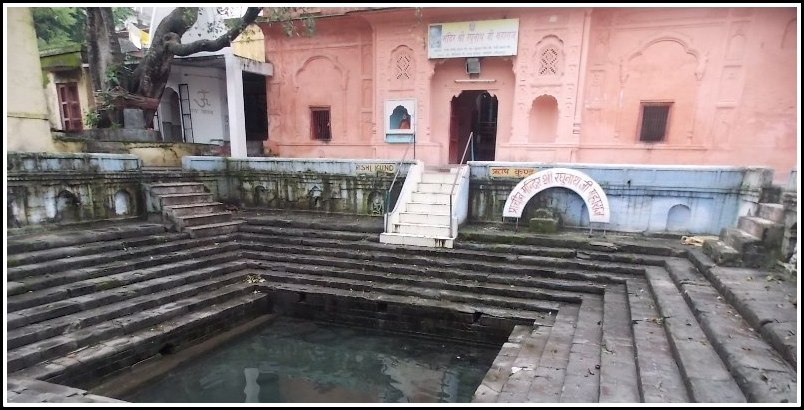


8. Rishikund, Rishikesh
Rishikund is called the ‘pond for rishis’ and is a holy water body located near the Ragunath Temple. The pond reflects the entrance tower of the Raghunath Temple and is a very relaxing place to spend some time in. The pond is said to have been blessed by the River Goddess Yamuna.
- Location: Mayakund, Rishikesh


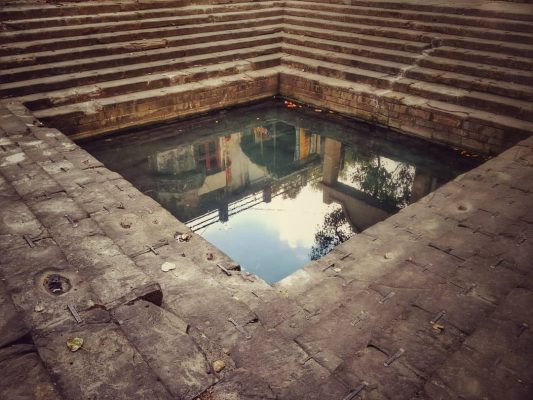
9. Beatels Ashrams
Beatles Ashram (बीटल्स आश्रम), also known as Chaurasi Kutia (चौरासी कुटिया), is an ashram is located on the eastern bank of the Ganges river, opposite the Muni Ki Reti area of Rishikesh.During the 1960s and 1970s, as the International Academy of Meditation, it was the training centre for students of Maharishi Mahesh Yogi, who devised the Transcendental Meditation technique. The ashram gained international attention between 1968 when the English rock band the Beatles studied meditation there. It was the setting for the band’s most productive period as songwriters, where they composed most of the songs for their self-titled double album, the site was abandoned in the 1990s and reverted to the local forestry department in 2003. Which it became a popular visiting place for fans of the Beatles. When opened to the public in December 2015. It is now known as Beatles Ashram.
Time- 10 AM – 4:00 PM
Location- swarg Ashram,Rishikesh

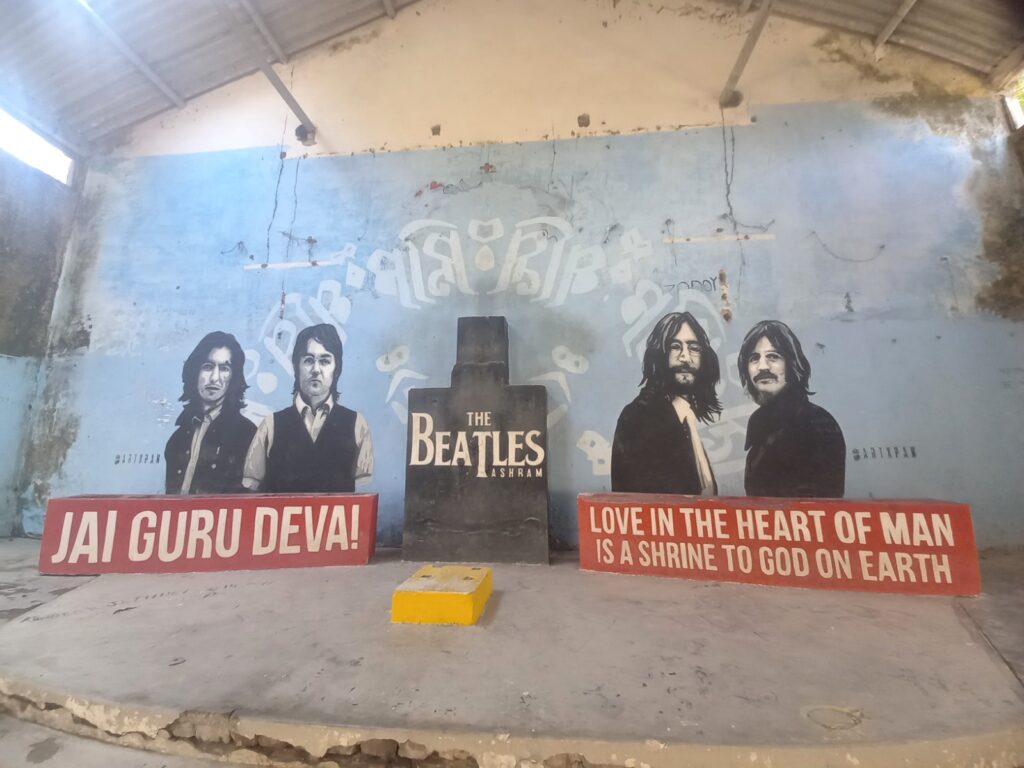
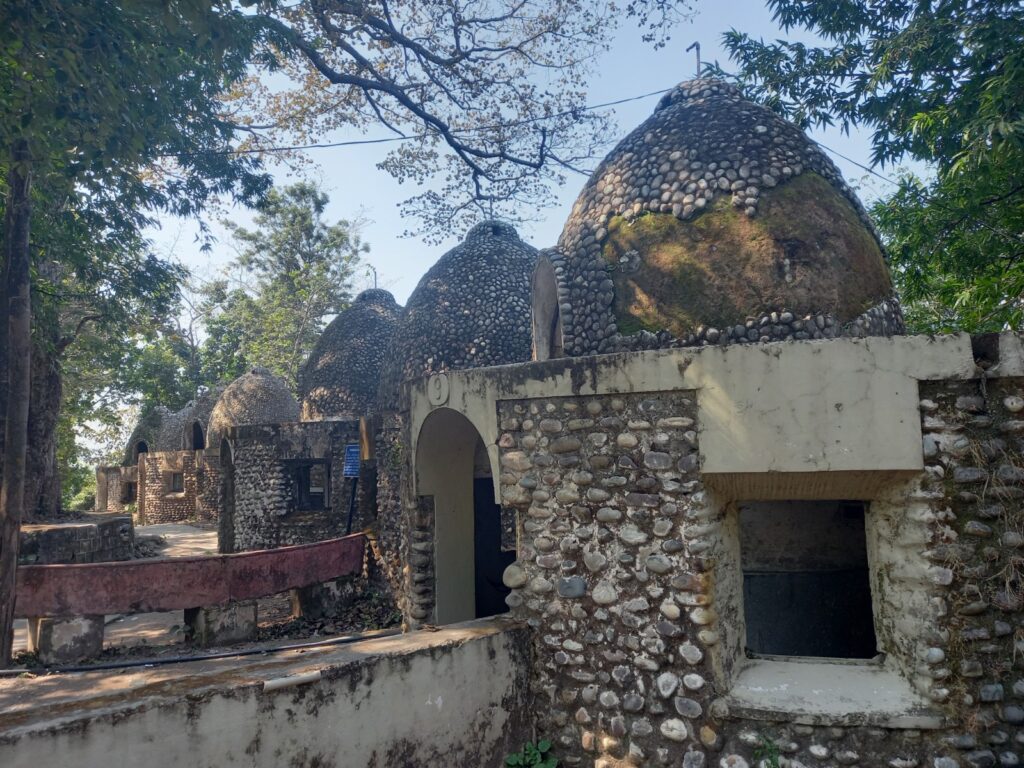
10. Vashistha Cave
Vashistha cave ,a dark,long cave that has been cleanly maintained and provisions kept for sitting on the floor is dedicated with great sage Vashistha who was one of Saptarishis (The Seven Great Sages) in ancient India. The Rishi Vashistha is considered manas putra of Lord Brahma and the Guru of Lord Ram and the cave it is believed that Vashistha Rishi meditated here for a long time. This cave is meant as a beautiful place of meditation in Rishikesh and many people’s coming this place in meditation purpose.
The location is beautiful, beside the mighty Ganga River in which devotees can take a dip and spend time sitting on the river banks with enjoy the cool water flow
The feeling of the being inside will leave you speechless and playful.
- Location: Badrinath Road
- Timings: 9:00 AM to 12:00 PM, 3:00 PM to 6:00 PM
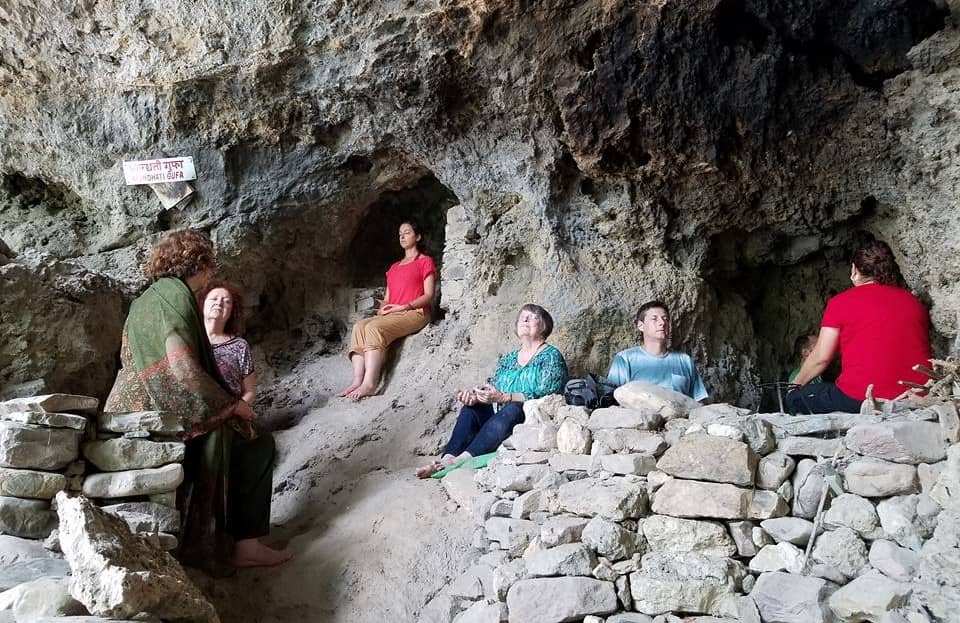


11. Neelkanth Mahadev Temple
Neelkanth Mahadev Temple is a Hindu temple dedicated to Nilkanth, an aspect of Lord Shiva. The temple is about 32 km from Rishikesh situated on hill at a height of 1330 mtrs, in the Pauri Garhwal district of Uttarakhand, India. The temple architecture is very much influenced by the Dravidian style of temple architecture.
The temple is dedicated to Lord Shiva and is a popular Hindu pilgrimage site. According to Hindu mythology, it is believed that the temple is built at the same spot where Lord Shiva drank the venom ‘Halahala’ that was extracted after churning the ocean to obtain the elixir of life.
It is surrounded by dense forests and is adjacent to the mountain ranges of Nar-Narayan. It is enveloped between the valleys of Manikoot, Brahmakoot, and Vishnukoot and is located at the confluence of the rivers Pankaja and Madhumati.
- Location: Kotdwar – Pauri Road
- Timings: 6 AM – 7 PM
Aarti time at Morning-5.30 AM



12. Kunjapuri Devi Temple
Kunjapuri Devi Temple is sacred temple of immense importance in Hindu religion. Located at a height of 1676 mtrs on a hill, Kunjapuri Devi Temple is one of the 52 Shaktipeeth in Uttarakhand. Here at Kunjapuri Devi Temple, the chest of burned Sati had fallen. Kunjapuri Devi Temple also offers panoramic views of snow capped mountains and peaks such as Swarga Rohini, Gangotri, Banderpunch and Chaukhamba.If you come to visit kunjapuri,then always come here at sunrise. The sunrise here is really worth seeing. You can trek 16km from kunjapuri to Neer Water fall which takes around 4 hour. This is excellent trek which will open your mind.
- Location: Hindolakhal Rd, Rishikesh
- Timings: 5:00 AM to 6:00 PM



12. Neergarh Water fall
The jade blue Neergarh waterfalls also known as ‘Neer Gaddu’ are located about 5 & 7s km from Tapovan on Rishikesh-Badrinath highway. These natural waterfalls radiates their empyrean beauty as they tumbles down the rocky cliffs. During summers many tourists visit Neergarh waterfalls to bathe in the cool water of the stream flowing nearby.There are two small bridges erected on the waterfalls having few resting shops in the vicinity. A short trek will take you closer to this pristine waterfall.
Rajaji National Park is an Indian national park and tiger reserve[1] that encompasses the Shivaliks, near the foothills of the Himalayas. It is spread over 820 km. and includes three districts of Uttarakhand: Haridwar, Dehradun and Pauri Garhwal. In 1983, three wildlife sanctuaries in the area namely, Chilla, Motichur and Rajaji were merged into one.[2]
Rajaji National Park has been named after C. Rajagopalachari, a prominent leader of the Freedom Struggle, the second and last Governor-General of independent India and one of the first recipients of India’s highest civilian award Bharat Ratna (in 1954).

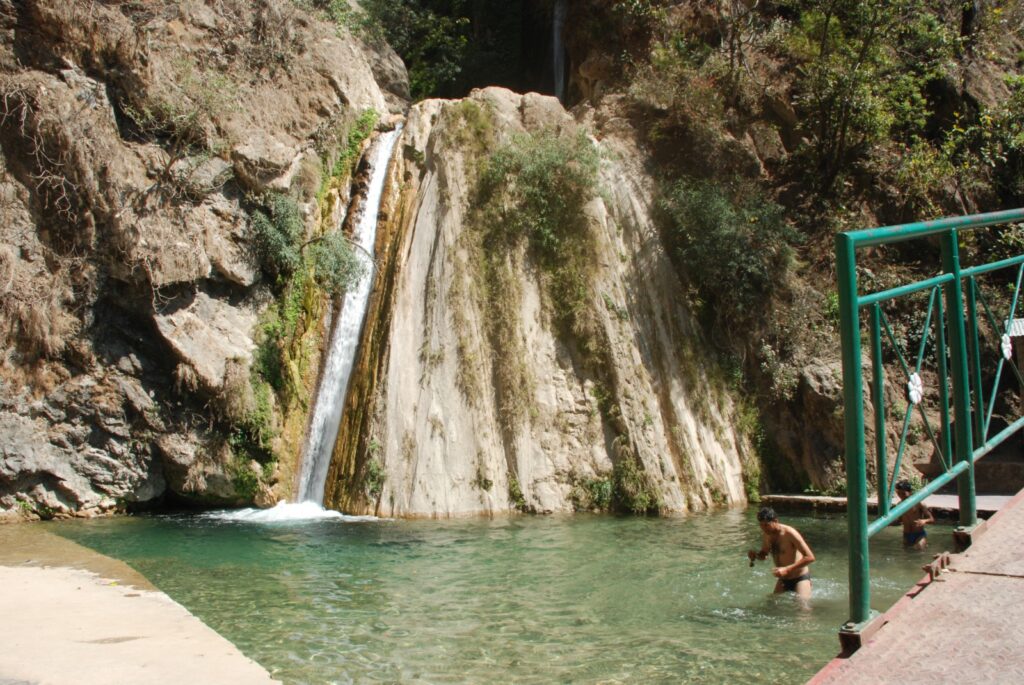

How to Reach Rishikesh
Yog Nagri Railway station – 7 km – 18 minutes
Haridwar Railway station – 30 km – 1 hour
Rishikesh IsBT bus stand – 5 km -15 minutes
Jollygrant airport – 22 km – 45 minutes
New delhi – 250 km
